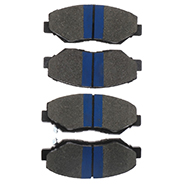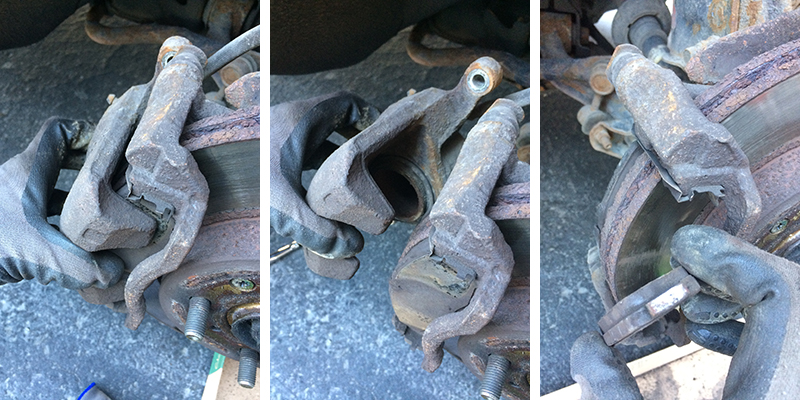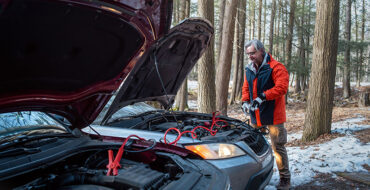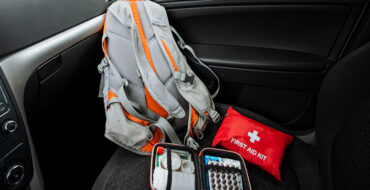Your car’s braking system is one of its most important safety features. In an emergency, it’s vital that you come to a full stop as quickly as possible and within a safe distance. As critical as brakes may be, this does not mean that they cannot be inspected at home, by you.
How to Check Your Brake Pads

For starters, you know what type of driving you do. This refers to the fact that highway or city driving is what principally dictates the system’s longevity. For example, if you work on the road and do most of your commuting on the highway, it’s possible that your brakes will not need to be serviced for 75,000 or even 100,000 km. If, however, your daily travels have you driving through congested city streets, you may be in need of fresh brakes after less than 30,000 km.
Brake pad, brake disc, and braking fluid quality will also heavily impact braking performance and durability. For the best replacement parts, NAPA has everything you need, including its advanced SilentGUARD brake pads that are guaranteed to fit your vehicle.
Signs that a brake job may be in order
Signs that your vehicle’s braking system may require servicing include excessive brake dust on your wheels, a spongy brake pedal, and reduced braking performance overall. Reduced performance will usually become glaringly apparent in an emergency braking situation. Another tell-tale sign is a screeching or squealing noise when applying brake pressure.
Step-by-step how to check brake pad depth
While it is possible, although difficult, to inspect your brakes through your wheels, proper verification of the brake pads and discs is best done by removing the wheel. Note that rear brake drums, rare in the 2020s, cannot be examined unless they are taken apart. Unless you are familiar with the internal mechanisms such as the shoes and springs, it might be best to focus only on the front disc brakes.
With your vehicle safely supported and the wheel removed, the caliper-pads-disc combination becomes quite evident. The brake pads are the “metal meat,” also known as the friction material, located immediately on either side of the disc. If, from the vents in the disc to its sides, you do not see a recessed surface but only another thin plate of metal, your pads are completely worn out. And, most likely, the discs will need replacing too.
Brake pad thickness varies from one automaker to another and from one model to another when new. The rule of thumb is that if there’s about a quarter inch or 7 mm of visible friction material remaining, their time is about up. Consider this the beginning of your brakes’ final grace period.
Replacing disc brake pads is one of the easier maintenance jobs you can do yourself with a few tools and a bit of time.





